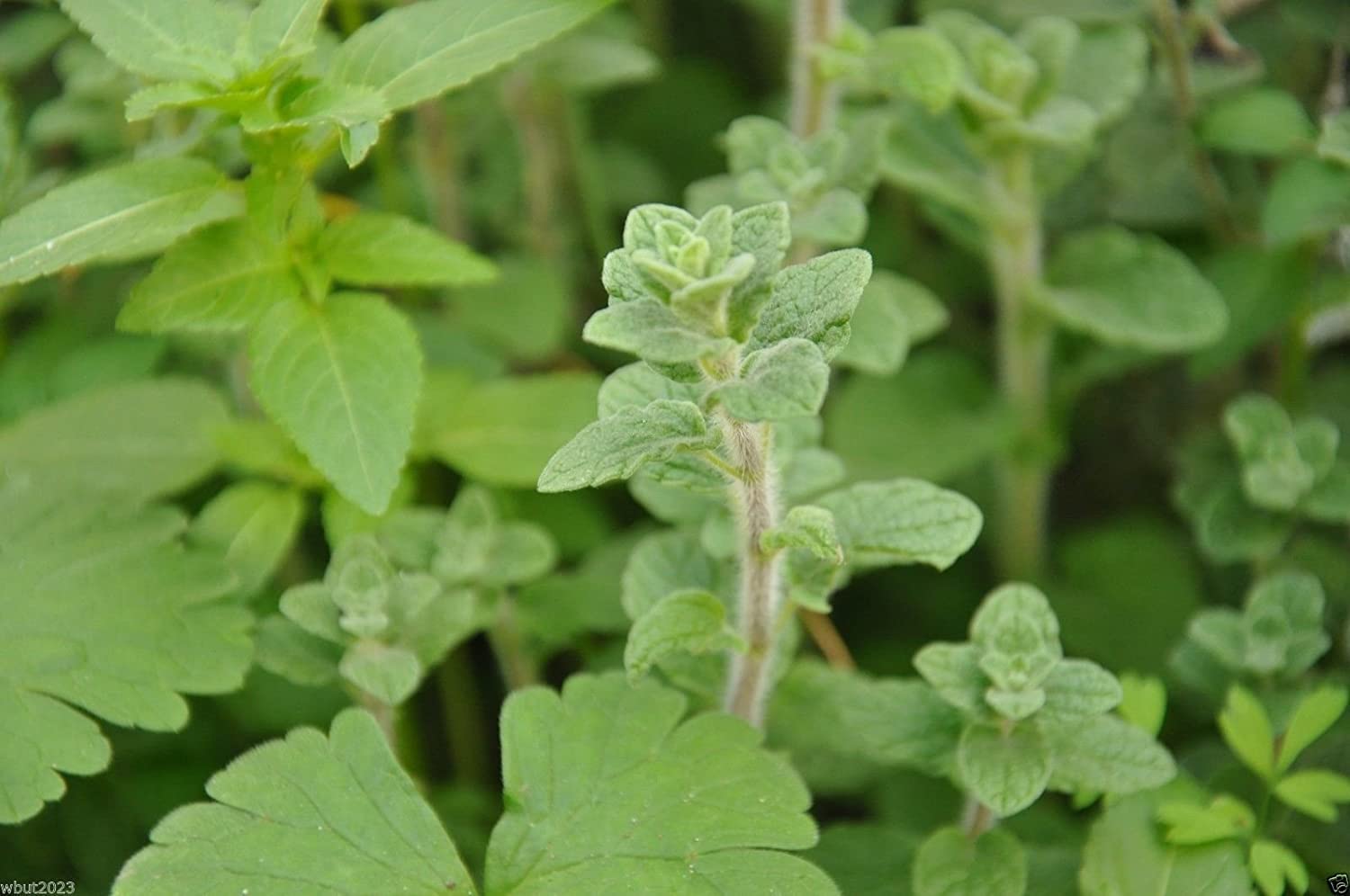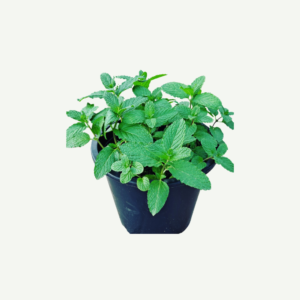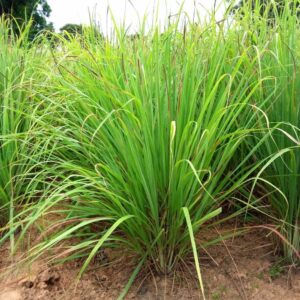Wild Zaatar oregano, also known as Lebanese oregano or Syrian oregano, is a flavorful and aromatic herb that is native to the Mediterranean region, particularly in Lebanon, Syria, and other Middle Eastern countries. It is a popular ingredient in the traditional spice blend called Za’atar, which also includes sumac, sesame seeds, and salt. The Zaatar blend is used in various Middle Eastern dishes,
providing a unique and distinct flavor.
Culinary Uses:
Wild Zaatar oregano is the main component of the traditional Middle Eastern spice blend called Za’atar. The spice blend is used as a seasoning for various dishes, such as salads, meats, vegetables, and bread. It is often mixed with olive oil and used as a dip for bread or drizzled over dishes.
The fresh or dried leaves of wild Zaatar oregano can also be used on their own as a seasoning in various recipes, providing a unique and zesty flavor to the dishes.
Landscape Use:
Wild Zaatar oregano is often grown in herb gardens, especially by people of Middle Eastern heritage who enjoy the traditional Za’atar spice blend.
It can also be used as a ground cover or planted in rock gardens, where its aromatic and low-growing nature adds both beauty and utility.
Overall, wild Zaatar oregano is a beloved and versatile herb in Middle Eastern cuisine. Its distinctive flavor and aroma make it a cherished ingredient in many traditional dishes, while its low-maintenance and drought-tolerant nature make it an excellent choice for herb gardens and landscapes in Mediterranean climates.
Here’s a general description of wild Zaatar oregano:
Plant Characteristics:
Leaves: Wild Zaatar oregano has small, elliptical, and gray-green leaves that grow on woody stems. The leaves have a pungent, earthy aroma and a robust flavor that is slightly bitter and tangy.
Growth Habit: Wild Zaatar oregano is a low-growing, woody perennial shrub. It tends to spread along the ground, forming dense, aromatic mats that can reach several feet in diameter.
Cultural Requirements:
Light: Wild Zaatar oregano prefers full sun. It requires at least 6 to 8 hours of direct sunlight each day to grow vigorously and develop its distinctive flavor.
Temperature: Wild Zaatar oregano thrives in warm to hot temperatures. It is well-suited to Mediterranean climates and can tolerate some drought.
Watering: Once established, wild Zaatar oregano is relatively drought-tolerant. It prefers well-draining soil and can suffer from root rot in waterlogged conditions.
Soil: Wild Zaatar oregano grows best in well-draining, sandy or loamy soil with a slightly alkaline to neutral pH.
Fertilization: Wild Zaatar oregano generally doesn’t require heavy fertilization. A light application of balanced fertilizer in the spring can support healthy growth and flavor development.






